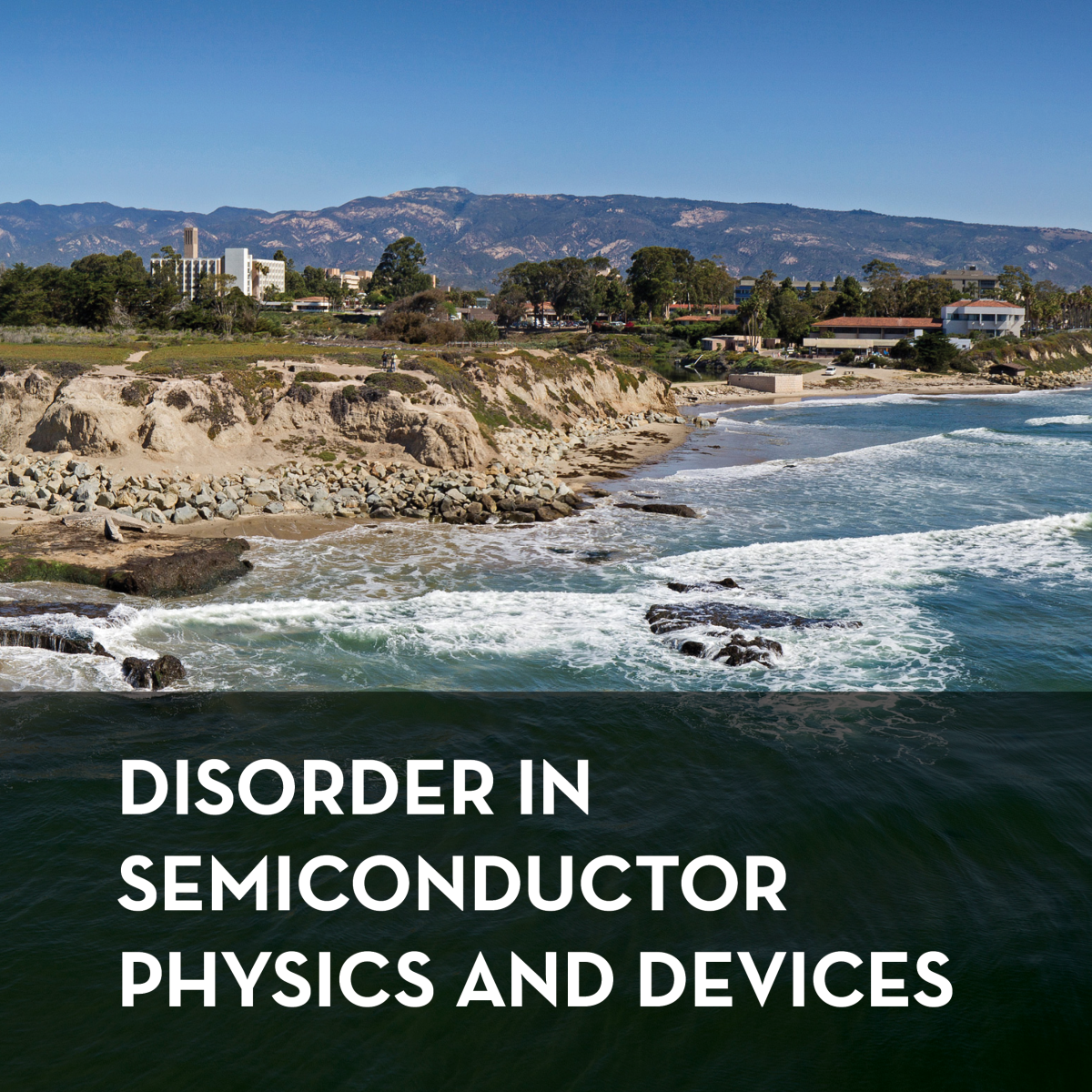Workshop: Disorder in Semiconductor Physics and Devices
Speakers
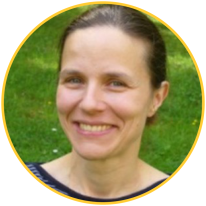
Elizabeth Boer-Duchemin
After a PhD at Caltech, Elizabeth Boer-Duchemin crossed the Atlantic for a stint in industry where she worked on semiconductor lasers (Alcatel Opto+ and Thales TRT, Paris region) before joining the faculty of the Paris-Saclay University. There she has developed an activity involving novel uses of scanning probe microscopies, in particular for the local, electrical excitation of surface plasmons in metallic nanostructures and excitons in two-dimensional semiconductors.

Keshav Dani
Keshav Dani is currently a Professor at the Okinawa Institute of Science and Technology (OIST) in Japan, leading the Femtosecond Spectroscopy (Dani) Unit. He joined OIST in Nov. 2011 as a tenure-track Assistant Professor after completing a Director’s Postdoctoral Fellowship at Los Alamos National Laboratory. Prof. Dani obtained a PhD in Physics from UC Berkeley in 2006 and a BS from Caltech in Mathematics in 2000. His current research interests lie in the use of time-resolved multi-dimensional photoemission techniques to study the nature of photoexcited states and their dynamics in two-dimensional materials and energy materials. His work on imaging excitons in momentum space was recognized in 2023 as one of the top ten breakthroughs in physical sciences by the Falling Walls Foundation. In 2023, he was also awarded the prestigious 20th JSPS Prize.

Sankar Das Sarma
Sankar Das Sarma is the Richard E. Prange Chair in Physics and a Distinguished University Professor at the University of Maryland, College Park. He is also a fellow of the Joint Quantum Institute and the director of the Condensed Matter Theory Center, both at the University of Maryland. His research interests are condensed-matter physics, quantum computation, and statistical mechanics.
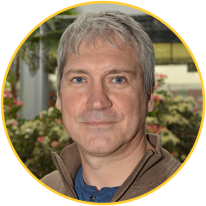
Marcel Filoche
Marcel Filoche is CNRS Research Director at the Institut Langevin, ESPCI, Paris. His research interests are in the physics of complex and disordered geometries, with an emphasis on wave localization and absorption in complex structures, and transport in the pulmonary airway system at the biomedical interface.
He graduated from Ecole Polytechnique in 1985 and obtained his PhD in Physics from Université Paris-Sud Orsay in 1991. Dr. Filoche led the group on numerical simulation of III-V semiconductors at France Telecom R&D Center. In 1997, he joined CNRS and Ecole Polytechnique where he worked on sound localization and absorption in complex geometrical structures. In 2003 these studies resulted in the design of a world-record-breaking noise abatement wall, the patented Fractal wall®, winner of the 2003 SIEMENS Prize for scientific innovation. More recently, Dr. Filoche’s research is centered around the theoretical foundations of wave localization, including the discovery of the localization landscape together with Svitlana Mayboroda in 2012.
Among his honors, Dr. Filoche was awarded in 2021 the Claude-Berthault prize from the French Academy of Sciences for his work on the localization landscape theory, and in 2023, together with Prof. YuhRenn Wu from NTU, the Franco-Taiwanese Scientific Grand Prize from the French Academy of Sciences and the Ministry of Science and Technology of Taiwan.
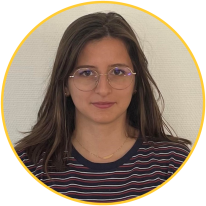
Camille Fornos
PhD candidate at Ecole Polytechnique under the supervision of Jacques Peretti and Alistair Rowe. Her work focuses on the study of nitride LED using scanning tunneling electroluminescence.

Hsin Lin
Dr. Hsin Lin is an Associate Research Fellow at Institute of Physics, Academia Sinica, Taipei, Taiwan. He was an Assistant Professor in the Department of Physics at National University of Singapore (NUS) where he was awarded a SGD~3 million Singapore National Research Foundation Fellowship Grant. Before joining NUS in July 2013, he was a Research Assistant Professor in Prof. Bansil’s group in the Department of Physics at Northeastern University, where he received his Ph.D. in 2008. He obtained his M.S. degree from National Tsing Hua University and B.S. degree from National Taiwan University. His research focuses on the electronic structure and spectroscopy of exotic quantum states of matter such as topological insulators, high temperature superconductors, and 2D materials. Based on first-principles calculations and realistic tight-binding modeling, he is working to elucidate generalized matrix element effects in various spectroscopies. In collaboration with Prof. Hasan's experimental group at Princeton University, Dr. Lin has discovered for the very first-time in the world several new classes of topological materials with novel theoretical calculations. His discoveries are not limited to one material or a single family of such materials but a wide variety of materials. His early work was focused on topological insulators and predicted Z2 topological phases in Bi2Se3, TlBiSe2, GeBi2Te4 family, and half-Heuslers as well as the first topological crystalline insulator in SnTe class. His theoretical prediction in 2015 that the TaAs class can host the Weyl fermions in a single-phase non-magnetic material, which was verified in quick order thereafter, proved to be spectacularly successful, launching an intense world-wide activity focused on these materials. As of December 2023, Dr. Lin has authored/co-authored a total of 268 publications with the total citation number over 33500. His h-index is 78. Dr. Hsin Lin has been listed as Clarivate Analytics (Web of Science) Highly Cited Researchers since 2017 (all years).

Saulius Marcinkevicius
Saulius Marcinkevicius has received MSc degree in Physics in 1981 from Vilnius University and PhD in Semiconductor Physics in 1986 from Semiconductor Physics Institute in Vilnius, Lithuania. Since 1992 he has had various positions at KTH Royal Institute of Technology, Stockholm, Sweden. He has been appointed a professor at KTH in 2009, and currently works in the Department of Applied Physics. His main research interests are in semiconductor optics; in particular, optical and electronic properties of wide band gap materials, nanostructures and devices.
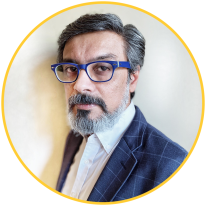
Vinod Menon
Vinod Menon is a Professor of Physics at the City College of New York and doctoral faculty at the Graduate Center of the City University of New York (CUNY). He is a fellow of the American Physical Society (APS), Optica (formerly: Optical Society of America) and an IEEE Distinguished Lecturer in Photonics (2018-2020). He joined CUNY in fall 2004 as part of the initiative in photonics. More details about his research group can be found at: https://lanmp.org/
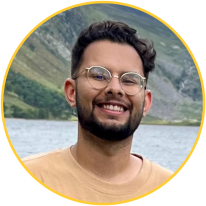
Nick Pant
Nick Pant obtained his Ph.D. in Applied Physics and Scientific Computing from the University of Michigan in 2023, following his Bachelor of Engineering degree from McGill University in 2018. His research is centered on the development and application of first-principles multi-scale computational methods. Nick's investigations have particularly focused on understanding the effects of disorder and polarization fields on recombination and charge transport in nitride alloys and heterostructures. His work has garnered recognition from the Natural Sciences and Engineering Research Council of Canada as a Postgraduate Scholarship and from the Michigan Institute for Computational Discovery and Engineering as a Graduate Fellowship. Nick is currently a postdoctoral fellow developing first-principles methods for understanding electron-phonon interactions at the University of Texas at Austin.
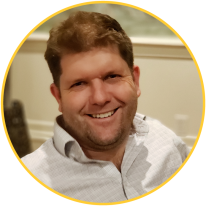
Morgan Pattison
Morgan Pattison has a PhD in Materials Science from UCSB with thesis research on GaN based micro-cavity LEDs advised by Professor Shuji Nakamura. Upon graduation in 2006 Morgan went to work for the DOE National Energy Technology Laboratory, managing R&D for the DOE SSL R&D Program. For the last 15 years, Morgan has worked as a consultant, advising various clients including the DOE, the National Park Service, and Luxx Lighting. Morgan's overarching research interest is to connect the capabilities of LED lighting technology with new understanding of human, animal, and plant physiological responses to light.
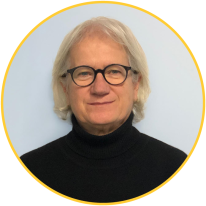
Angela Rizzi
Prof. Rizzi’s research activities focus on Molecular Beam Epitaxy, electronic properties and nanostructuring of quasi-2D and -1D semiconductors. Among them GaN and related compounds play a major. We explore new properties and functionalities through the synthesis of low dimensional hetero- and nanostructures and the study of their interfacial phenomena. Our aim is to obtain a fundamental understanding of the microscopic processes to gain a knowledge basis for the development of present and future technology. In our group, we are presently working on two main fields (i) InGaN based heterostructures (ii) MBE growth of 2D-materials. After completing her studies in Physics at the Univ. Modena (Italy) she received her PhD in Physics at the Politecnico Milano (Italy) in 1987. She moved then as a PostDoc at the RWTH-Aachen (Germany). 1988-89 she was Humboldt-Reasearch Fellow at the Forschungszentrum Jülich (Germany) where she continued her research activities as a Scientific employee and Guest scientist (intermittent) until 2002. At the same time, 1990-2002, she was Researcher (permanent scientific staff) at the Physics Dept., Univ. Modena (Italy). Since 2002 she is Professor for Experimental Physics at the Georg-August-Univ. Göttingen (Germany).

Alistair Rowe
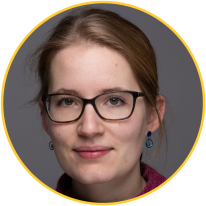
Mylene Sauty
Mylène Sauty is a researcher at CEA Saclay, France. Her research interests are in the combination of spectroscopy and microscopy techniques to study the optoelectronic properties of matter. She uses techniques such as time resolved photoemission electron microscopy, transient absorption spectroscopy and scanning tunneling electron microscopy. She has in particular studied the properties of nitride semiconductor compounds, famous for their application for LEDs. After graduating from Ecole Normale Supérieure in Paris, she obtained a PhD from Ecole Polytechnique in 2022. She was then a post-doctorate research associate in the Cavendish laboratory in Cambridge before joining the CEA for a researcher position.

Ulrich Schwarz
Ulrich Schwarz is full professor at the Institute of Physics at Chemnitz Technical University, Germany, since 2015. His research is in on optoelectronic devices based on group-III[1]nitrides, in particular the physics and development of light emitting diodes and laser diodes in the violet to green spectral region. This research interest is complemented by sensor science in the context of the degree program on sensor science and cognitive psychology at TU Chemnitz. In 2015 he worked as Senior Development Engineer in Analytics and Metrology at Osram Opto Semiconductors in Regensburg, Germany. From 2009 to 2015 he was professor for Optoelectronics at the Institute for Microsystems Engineering (IMTEK) at Freiburg University in Germany. At the same time he is group leader at the Fraunhofer Institute for Applied Solid State Physics (IAF) in Freiburg. Awarded by the Alexander von Humboldt foundation with a Feodor Lynen scholarship he spent two postdoctorial years (1997–1999) at Cornell University, Ithaca, NY, with research on intrinsically localized modes. In 2001 he was guest researcher in the group of Prof. R. Grober at Yale University, New Haven, CT. In 2006/2007, he worked in the group of Prof. Yoichi Kawakami at Kyoto University, Kyoto, Japan, with an invited fellowship (long-term) awarded by the Japanese Society for the Promotion of Science. He is senior member of the Optical Society of America (OSA), and member of the American Physical Society (APS), International Society for Optical Engineering (SPIE), and the German Physical Society (DPG).
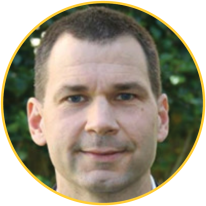
Jim Speck
Professor James Speck is the Seoul Viosys Professor in Solid State Lighting at the UC Santa Barbara’s Materials Department. Prof. Speck's early work focused on epitaxial oxide films on semiconductors, ferroelectric thin films, and strain relaxation in highly misfitting epitaxial systems. He has worked extensively on the materials science of GaN and related alloys. Major aspects of his work on nitrides include elucidating basic growth modes and defect generation, the development of MBE growth of GaN, and the development of nonpolar and semipolar GaN. Speck has over 838 publications in the referred archival literature.
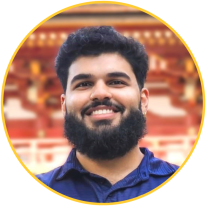
Tanay Tak
Tanay Tak is a Ph.D. student in the Materials Department at the University of California, Santa Barbara where he works under the guidance of Profs. James Speck, Steven DenBaars, and Claude Weisbuch. His research focus is on advancing the fundamental understanding and usage of III-N materials and devices. In particular, he has a glimpse into the inner workings of devices under operating conditions by employing electron emission-spectroscopy and -microscopy techniques.

Tsung-Yin Tsai
Tsung-Yin Tsai is currently a Postdoctoral Associate at UC Santa Barbara under the supervision of Professor James S. Speck. He received his Ph.D. at the Graduate Institute of Photonics and Optoelectronics, National Taiwan University. His current research interests include III-nitride-based long wavelength light emitting diodes and understanding the role of natural alloy disorder in the physical properties of semiconductors via numerical simulations. Additionally, his previous work was to develop numerical tools for electronic band structure calculations and device modeling, which included InAs/InAsSb superlattice photoconductors, MoxW1-xS2 alloys, Graphene/SnS2 photodetectors, and GaN-based high electron mobility transistors.
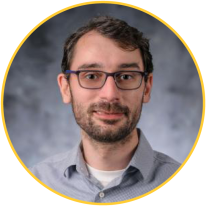
Vojtech Vlcek
Dr. Vlcek received his PhD in 2016 jointly from The Hebrew University of Jerusalem (Israel) and University of Bayreuth (Germany), where he studied in chemistry and physics departments. His PhD was sponsored by Minerva Fellowship of the Max Planck society. From 2016 till 2018, Dr. Vlcek continued as a postdoctoral researcher at UCLA in the department of Chemistry and Biochemistry. He joined the faculty at UCSB in 2018. Dr. Vlcek is a theorist developing new theoretical approaches to electronic structure and dynamics in nanoscale systems with thousands of atoms. His group combines quantum field theory and quantum statistical methods with radically new stochastic approaches.

Claude Weisbuch
Claude Weisbuch is now an emeritus “Directeur de Recherche” at the Centre National de la Recherche Scientifique (CNRS) at Ecole Polytechnique, France and a Distinguished Professor in the materials department of University of California at Santa Barbara, after having held a number of positions in academia, industry, government. He worked from 1993 on light extraction in LEDs through microcavities and photonic crystals, and since 2013 on fundamental processes in nitride LEDs.
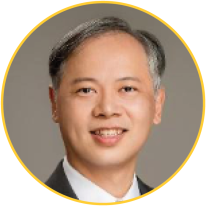
Yuhrenn Wu
Professor and Chairman of the Graduate Institute of Photonics and Optoelectronics (National Taiwan University) Yuh-Renn Wu studies the physics of electronic devices and develops tools for their numerical simulation, notably for nitride-based LEDs, organic LEDs, solar cells, high-mobility transistors and devices based on two-dimensional materials. He has developed a series of simulation tools widely used in academia and industry. He has implemented Marcel Filoche’s localization landscape theory, enabling them to efficiently simulate 3D quantum transport in devices based on disordered alloys.
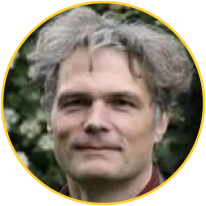
Guillaume Cassabois
Organizers
- James S. Speck, WAVE PI, University of California Santa Barbara
- Claude Weisbuch, WAVE PI, École Polytechnique
